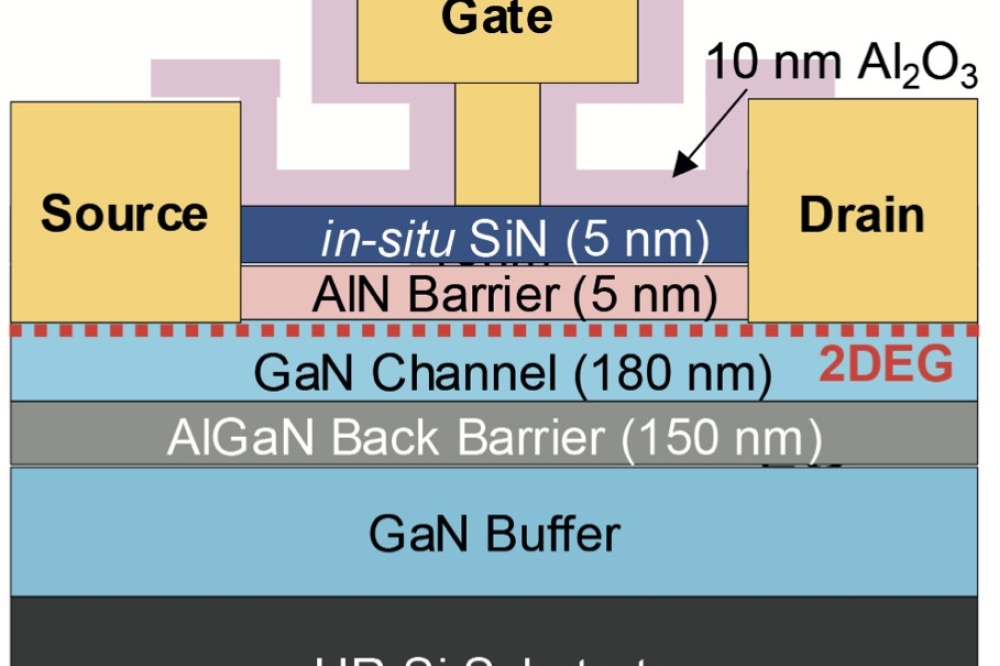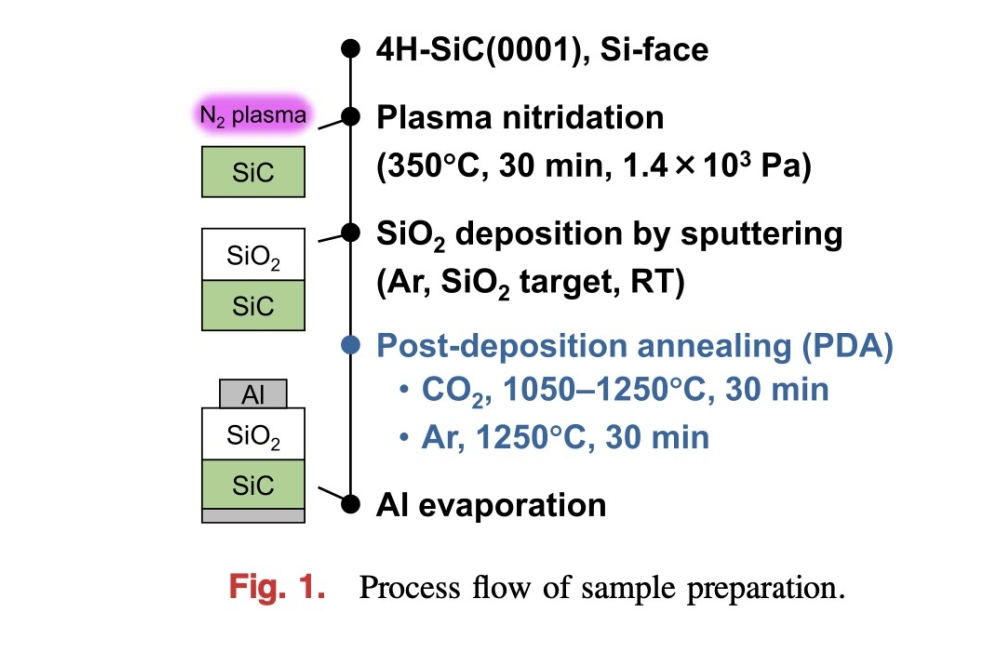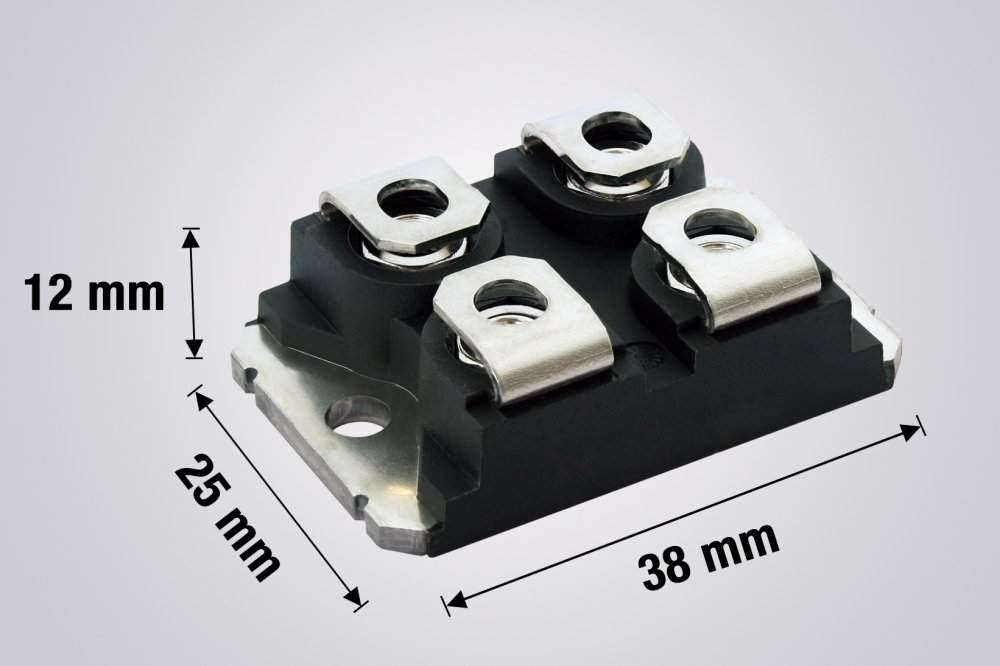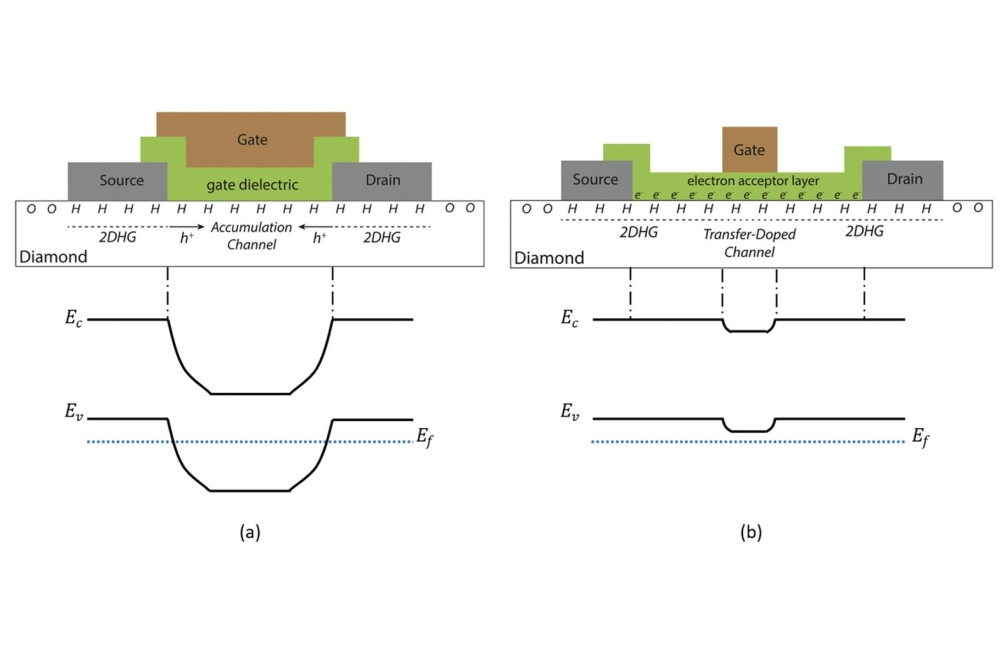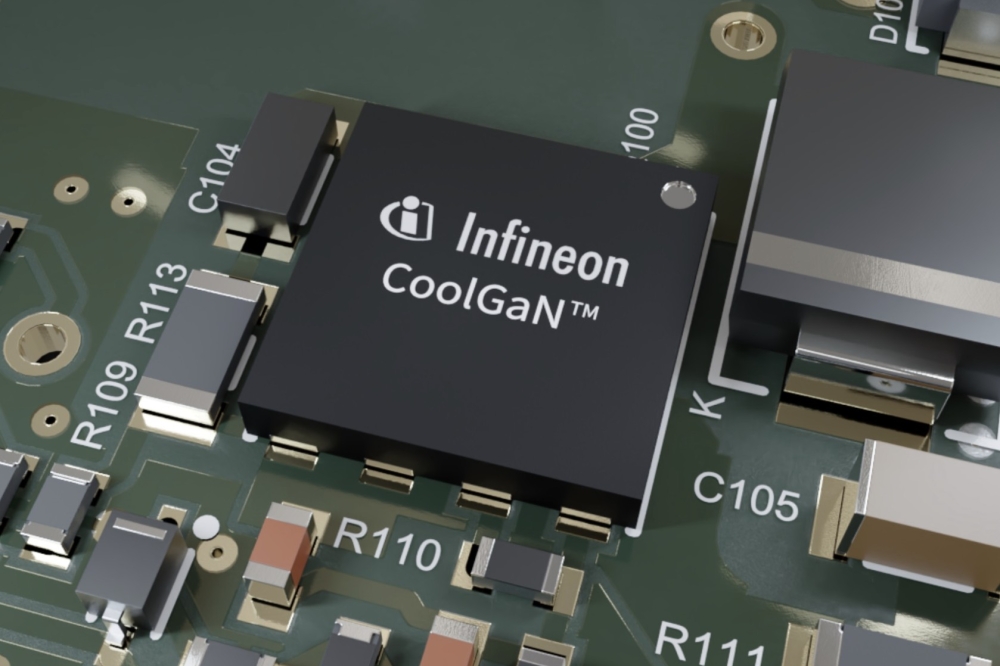Magnolia and DARPA to improve GaAs solar tech

Project will develop high-efficiency solar cells for portable applications that maintain their performance over changing environmental conditions
Magnolia Optical Technology is working with DARPA (the US Defense Advanced Research Projects Agency) to develop high-efficiency GaAs-based solar cells that maintain their performance over changing environmental conditions.
The project is part of the Phase II SBIR Program for Development of High-Performance Thin-Film Solar Cells for Portable Power Applications (Contract No D15PC00222).
"The goal of the current program is to develop high-efficiency GaAs-based solar cells that maintain their performance over changing environmental conditions, and that are thinner and thus more cost-effective to produce," said Roger Welser, Magnolia's CTO.
"By combining thin III-V absorbers with advanced light-trapping structures, single-junction GaAs-based devices provide a means to deliver high efficiency performance over a wide range of operating conditions at a fraction of the cost of the multi-junction structures typically employed for space power. In addition, the incorporation of nano-enhanced III-V absorbers provides a pathway to extend infrared absorption and increase the photovoltaic power conversion efficiency of cost-effective thin-film solar cells."
"changes in the solar spectrum can dramatically degrade the performance of traditional multi-junction devices "“ changes that occur naturally throughout the day, from season to season, and from location to location as sunlight passes through the earth's atmosphere, " said Ashok Sood, president of Magnolia.
"Moreover, multi-junction III-V cells require thick, complex epitaxial layers and are therefore inherently expensive to manufacture. The technology under development as part of this DARPA-funded program addresses these key weaknesses in the established high-performance photovoltaic technology. The photovoltaic market is a rapidly growing segment of the energy industry with a wide range of commercial and defense applications."
Magnolia develops both thin film and nanostructure-based technologies that cover the ultraviolet, visible, and infrared part of the spectrum. These technologies are developed for use in advanced military sensors and other commercial applications including solar cells.

